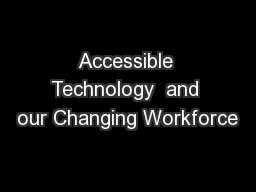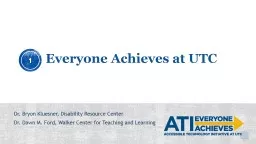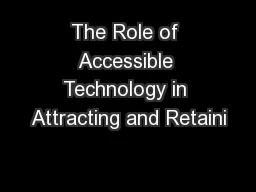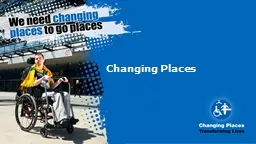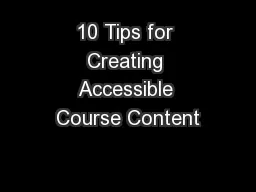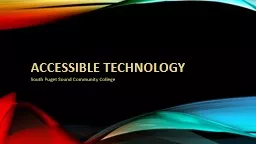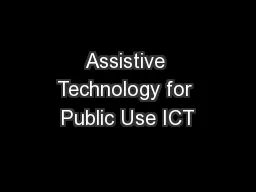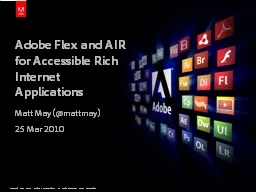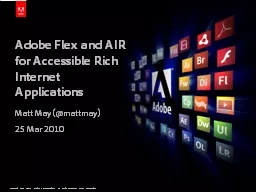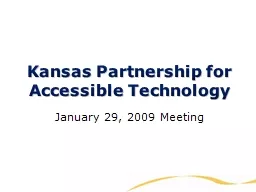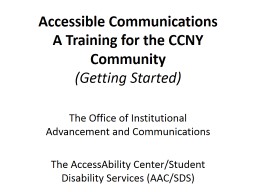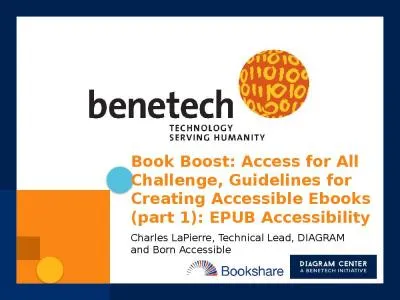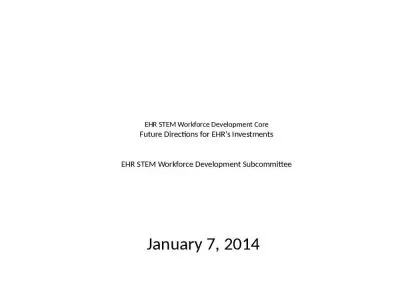PPT-Accessible Technology and our Changing Workforce
Author : sherrill-nordquist | Published Date : 2018-09-18
ADA Trainer Network Module 7a Trainers Name Trainers Title Phone Number EmailWebsite Here 1 Disclaimer Information materials andor technical assistance are intended
Presentation Embed Code
Download Presentation
Download Presentation The PPT/PDF document "Accessible Technology and our Changing ..." is the property of its rightful owner. Permission is granted to download and print the materials on this website for personal, non-commercial use only, and to display it on your personal computer provided you do not modify the materials and that you retain all copyright notices contained in the materials. By downloading content from our website, you accept the terms of this agreement.
Accessible Technology and our Changing Workforce: Transcript
Download Rules Of Document
"Accessible Technology and our Changing Workforce"The content belongs to its owner. You may download and print it for personal use, without modification, and keep all copyright notices. By downloading, you agree to these terms.
Related Documents

